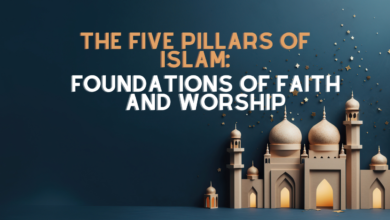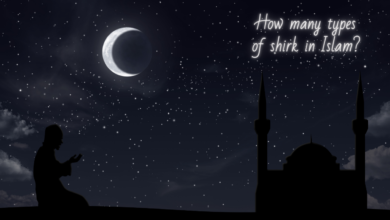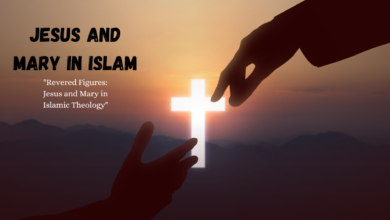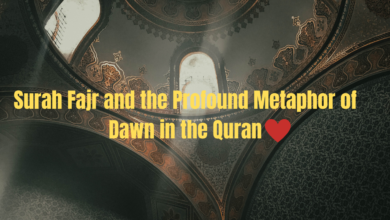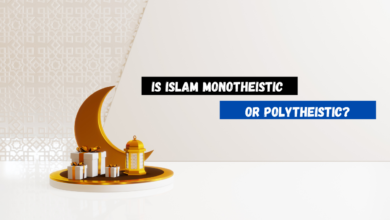What does the crescent moon symbolize in Islam?
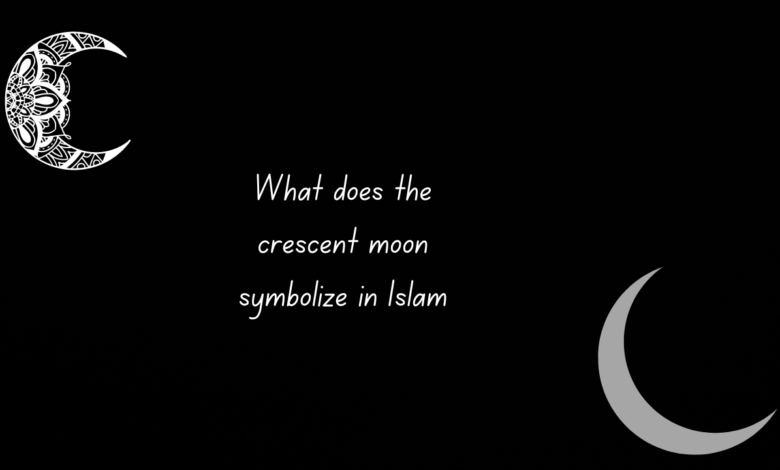
The Symbolic Significance of the Crescent Moon in Islam
The crescent moon is a powerful and distinctive symbol often associated with Islam. It holds deep significance within the faith, carrying both historical and spiritual connotations that have enriched Islamic culture and identity throughout the centuries. As one of the most recognizable symbols of Islam, the crescent moon has come to represent various aspects of the religion, ranging from the lunar-based Islamic calendar to its spiritual symbolism.
Lunar Calendar and Timekeeping
One of the most practical applications of the crescent moon in Islam is its association with the Islamic calendar, which is a lunar calendar. Unlike the Gregorian calendar, which is solar-based, the Islamic calendar follows the moon’s cycles. The months are determined by the sighting of the crescent moon, marking the beginning of each new month. This practice is deeply rooted in Islamic tradition, as the Quran encourages Muslims to observe the moon’s phases as a means of timekeeping.
The reliance on the crescent moon for the Islamic calendar reinforces the importance of nature’s cycles in the daily lives of Muslims. This practice also encourages a closer connection to the natural world, reminding believers of the divine order that governs all creation.
Symbolism of Renewal and Spiritual Growth
In addition to its practical use in timekeeping, the crescent moon holds profound symbolic value in Islamic spirituality. The waxing and waning of the moon’s phases have been likened to the cyclical nature of human life, signifying birth, growth, decline, and rebirth. This symbolism is reflected in the concept of tawbah, or repentance, in Islam. Just as the moon transitions from a small sliver to a full luminous orb and back again, Muslims are encouraged to constantly seek repentance and spiritual growth, allowing for renewal and transformation.
The crescent moon’s cycle is also a reminder of the impermanence of the material world and the eternal nature of the divine. It encourages believers to focus on their spiritual journey and cultivate a connection with Allah that transcends the fleeting nature of worldly affairs.
Cultural Identity and Unity
The crescent moon has become an emblem of identity for the Islamic world, uniting diverse cultures and communities under a common symbol. It can be found on flags, architecture, artwork, and various forms of Islamic expression. The symbolism extends beyond religious practices, acting as a unifying force that connects Muslims around the globe.
The crescent moon’s presence in Islamic architecture is particularly notable, adorning minarets, domes, and mosques. These structures not only serve as places of worship but also stand as representations of Islamic identity and cultural heritage.
Misconceptions and Modern Interpretations
While the crescent moon is rich with symbolism, it’s important to note that it is not universally embraced by all Muslims or Islamic scholars. Some argue that the emphasis on the crescent moon as a symbol might distract from the core teachings of Islam. Furthermore, the crescent moon is often associated with cultural practices that might not align with the faith’s core principles.
In recent times, there has been a push for more inclusive and diverse symbols within Islam, reflecting the variety of cultures and traditions that make up the Muslim world. This includes efforts to broaden the visual representation of the faith beyond the crescent moon.
In Conclusion
The crescent moon’s symbolism in Islam is multifaceted, encompassing practical timekeeping, spiritual growth, cultural identity, and unity. While it remains a potent emblem of the faith, it’s essential to remember that symbols are just one aspect of a religion and should not overshadow its fundamental teachings and principles. The crescent moon invites Muslims to reflect on the natural world, their own spiritual journey, and the interconnectedness of the global Islamic community.
Frequently Asked Questions (FAQs) about the Crescent Moon Symbolism in Islam
What does the crescent moon symbolize in Islam?
The crescent moon, also known as the “hilal” in Arabic, holds symbolic significance in Islam as it marks the beginning of the Islamic lunar months. It is often associated with the Islamic calendar and the observation of the new moon, which helps determine the timing of important events and religious practices.
How is the crescent moon used in the Islamic calendar?
The crescent moon is used to determine the start of each month in the Islamic calendar, also known as the Hijri or Lunar calendar. The sighting of the crescent moon signals the beginning of a new month, and this is crucial for determining the timing of Islamic rituals such as fasting during Ramadan and the pilgrimage of Hajj.
Is the crescent moon a religious symbol or an emblem of Islam?
While the crescent moon itself is not a religious symbol, it has become associated with Islam due to its role in the Islamic calendar. It is not officially recognized as an emblem of Islam by religious authorities, but it is widely used in flags, cultural representations, and art of Muslim-majority countries.
Is there any deeper meaning associated with the crescent moon in Islam?
The crescent moon is primarily a practical symbol for marking time in the Islamic calendar. However, some scholars and believers interpret it as a metaphor for renewal, as the moon’s phases cycle from new to full. This cycle can be seen as a reflection of the spiritual growth and rejuvenation that Muslims seek throughout their lives.
Are there any specific rituals or observances related to the crescent moon?
The sighting of the crescent moon holds significance during the beginning of Islamic months, such as Ramadan, Dhul-Hijjah (the month of Hajj), and others. It is customary for Muslims to look for the crescent moon to determine the start of these months, and it is also a time for increased prayers and supplications.
Are there cultural variations in how the crescent moon is interpreted?
Yes, there can be cultural variations in the interpretation of the crescent moon’s symbolism. Different cultures within the Muslim world may attach different meanings or significance to the crescent moon, which can be influenced by local traditions and historical contexts.
